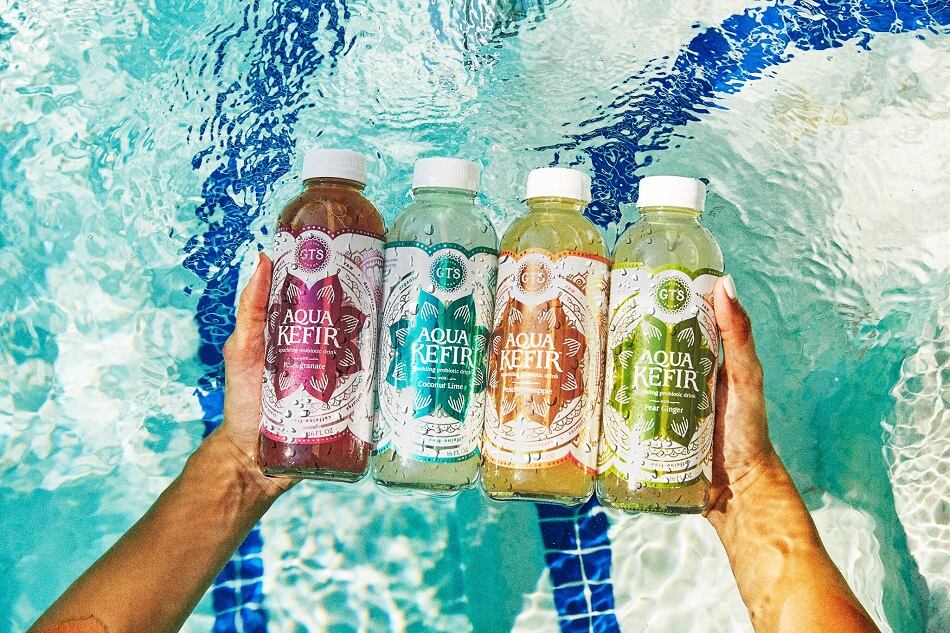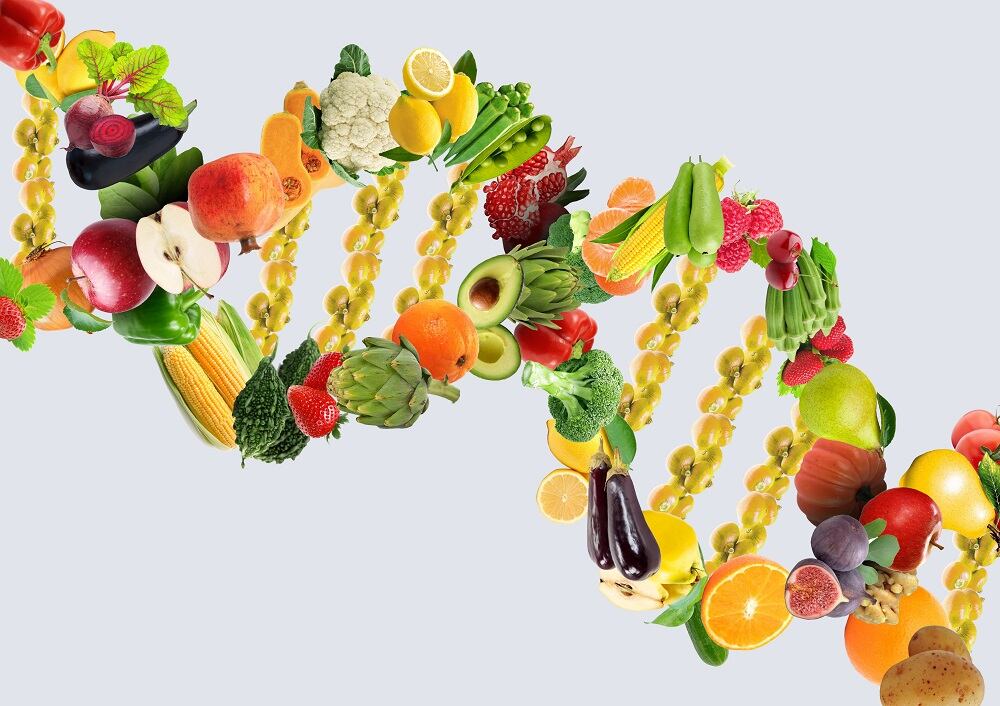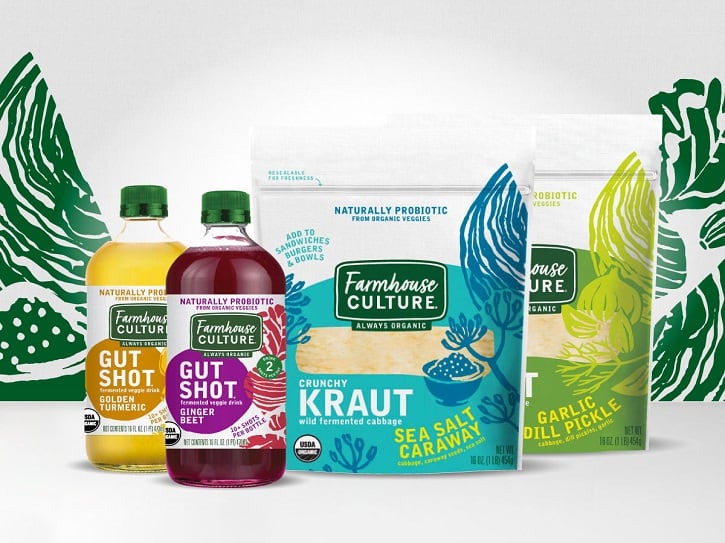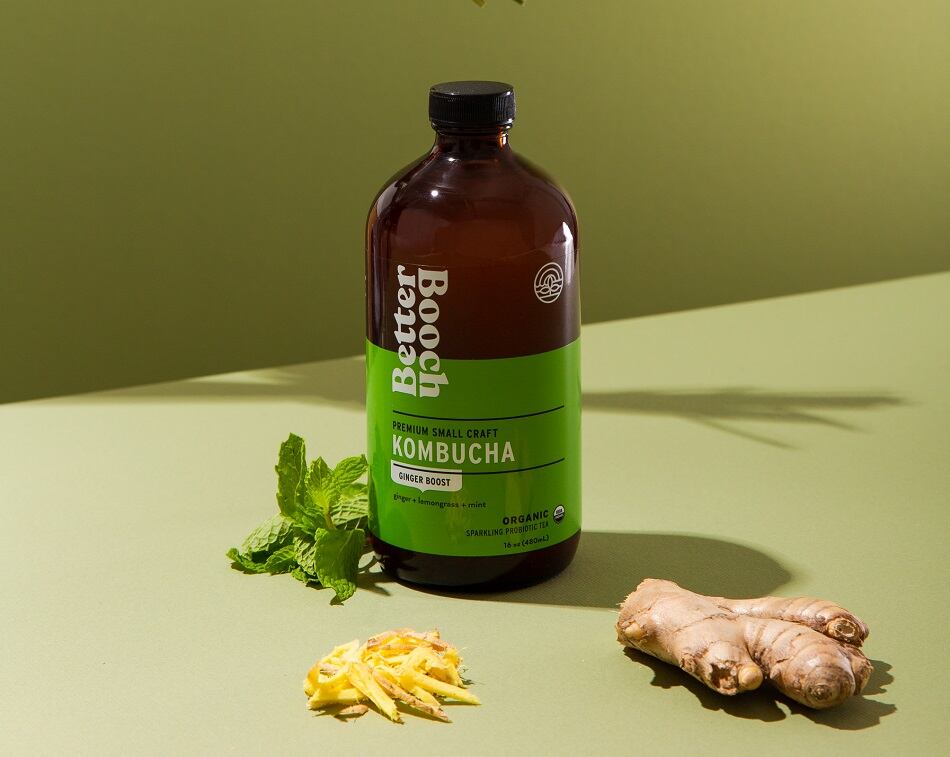GT's Living Foods was founded in 1995 by GT Dave, who launched a line of raw kombucha products he had been making in his home kitchen for years. More than 20 years later, GT's has become the the top-selling kombucha brand in the natural retail channel, according to SPINS retail sales data for the year up to Feb. 24, 2019.
“As more people become curious about fermentation and the importance of gut health, I wanted to offer them a very easy-to-drink cultured beverage that could be their entryway to this incredible world of fermented foods,” he said.
Described as a 'lightly flavored, bright and crisp, sparkling probiotic drink,' GT's Aqua Kefir line has begun rolling out in select retailers nationwide such as Sprouts Farmers Market, Gelson's Markets, and Bristol Farms in California, with new retailers coming on board “almost every day,” added Matuska.
“We believe it’s an entry point [for consumers] into fermented beverages,” GT’s vice president of marketing, Vilay Matuska, told FoodNavigator-USA at the National Association of Convenience Stores tradeshow held in Atlanta last week.
*SPINS Data: Year ended Feb. 24, 2019
Fermentation process
Unlike dairy kefir, water kefir is made by combining water and dried fruit then adding non-dairy kefir cultures known as aqua gems, tibicos (in Mexico), and Japanese water crystals.
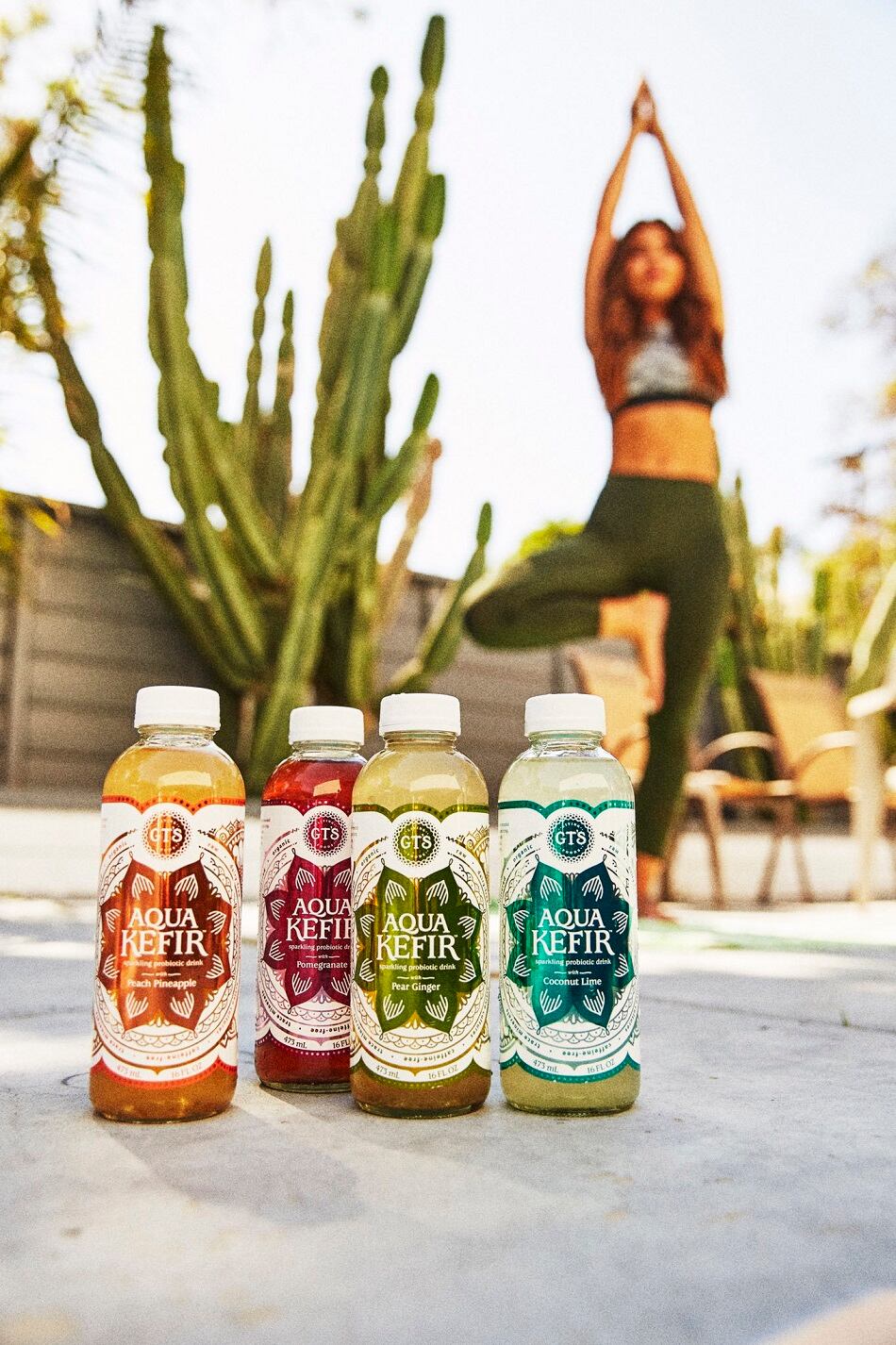
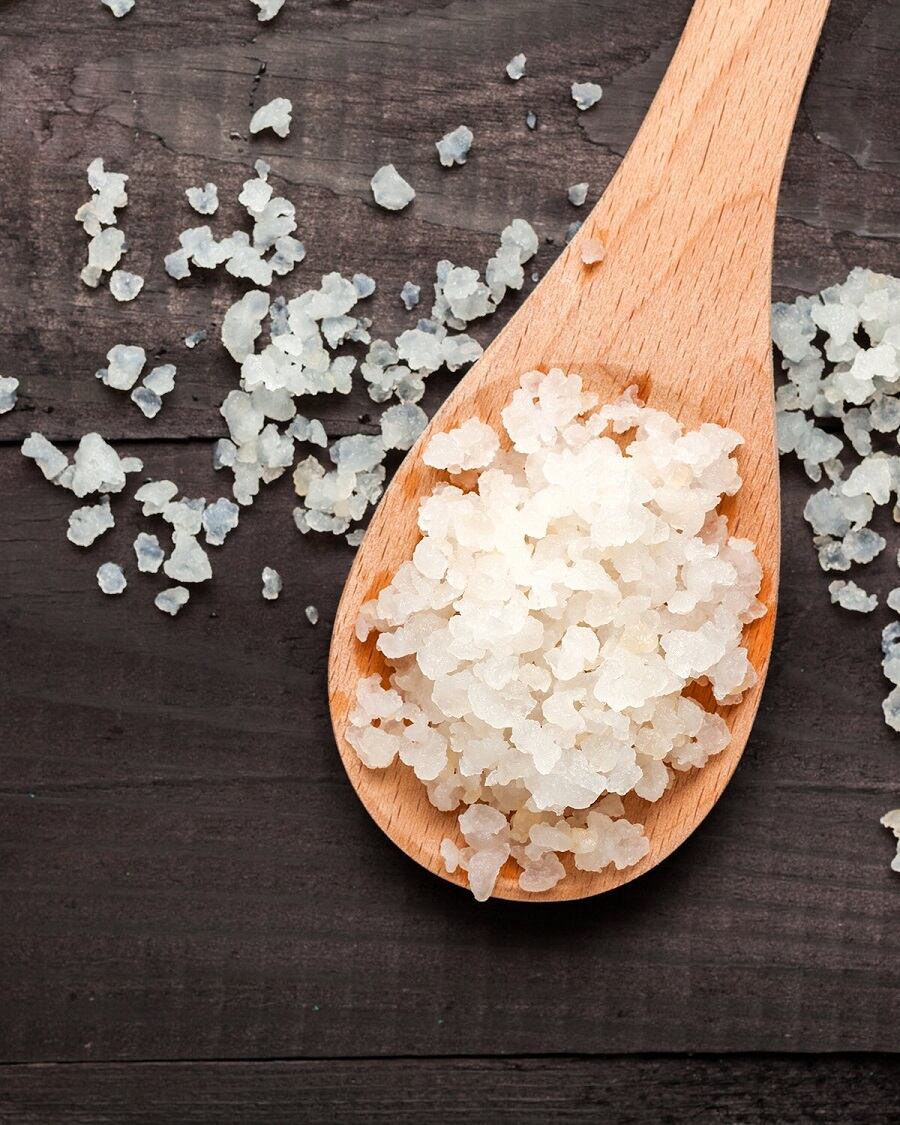
Instead of fermenting the mixture for weeks as the company does with its raw kombucha products, the water kefir is fermented for a few days, releasing lactic acid in the process.
Matuska explained that the release of lactic acid (from sucrose) is very different than the acetic acids released during the making of kombucha, which give the fermented beverage its sharp and tart flavor.
Each bottle of Aqua Kefir contains 50 calories and 12g of sugar (6g of added sugar) available in five flavors – coconut lime (which uses coconut water), peach pineapple, pear ginger, and pomegranate – with a suggested retail price of $3.99.
The company is still finalizing the exact probiotic content and amount of lactic acid per container, noted Matuska.
Beyond the kombucha drinker
While the kombucha category has taken off in dollar sales (up 16% to $699.8m in measured channels in the year to April 21, 2019) and has expanded its presence in the conventional channel (which accounts for 70% of the total category share of the market), household penetration is relatively low at 9.2%, according to SPINS.
SPINS retail sales data also showed that velocities are down across retail channels (for the year up to Feb. 29. 2019): Natural (-14.1%), convenience (-10.1%), and specialty gourmet channels (-6.9%).
Aqua Kefir, the company believes, will capture a wider consumer audience new to GT’s and fermented beverages rather than generating sales from its core kombucha customers, according to Matuska.
In fact, GT’s found that its regular kombucha drinkers preferred the stronger flavor of its raw kombucha products, and will not be the company’s core consumer of the Aqua Kefir line.
“Our kombucha drinkers are saying, ‘Ok, I’ll drink that maybe for a different occasion, but I love my kombucha’,” said Matuska.
The light flavor profile of the Aqua Kefir products means that it pairs very with meals and can function almost like an enhanced water, Matuska added.
“We’re not going to try to substitute the kombucha, but for those who want to start getting the benefits of fermented foods, this is definitely an easier, more approachable way to start.”

